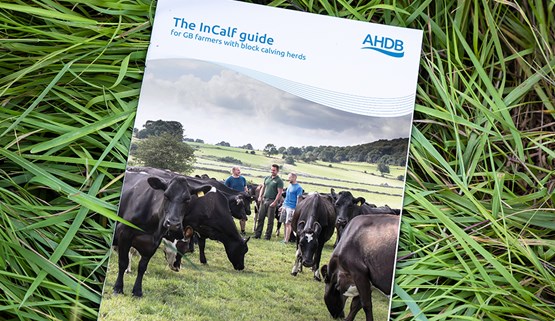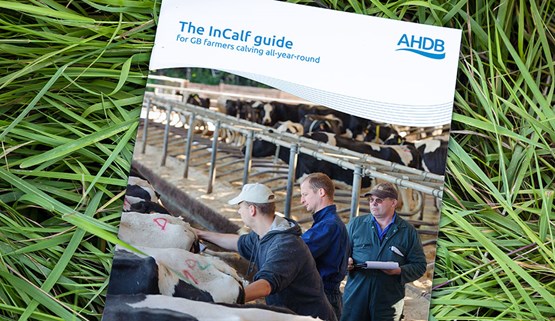- Home
- Drying dairy cows off early
Drying dairy cows off early
Drying off is a key time for mastitis control and decisions made at this point can influence your herd's mastitis performance for the next 6 to 12 months.
Key considerations when drying off cows early
Housing and feeding space
Make sure you have enough housing and feeding space for all dry cows. Our Dry Cow Management Guide provides indoor and outdoor space allowance recommendations.
If you are drying off more cows than normal you are likely to need to increase the area in which you normally keep dry cows. Good hygiene is also critical to minimise the risk of cows picking up new infections from the environment – this may mean bedding cows and/or cleaning them out more frequently. Cows at pasture may also need to be moved more frequently. Our Cleanliness scorecard may help you monitor the level of environmental challenge.
Group management
A bigger group of cows will require more attention to detect any issues. More regular checks will help to pick up issues before they become problems. Also, if space and workforce availability allow, consider creating a separate group for the close-up cows (3 weeks before calving). This will allow a closer monitoring and a bespoke management of nutrition and health during this critical period.
Dairy cow nutrition during the dry period
A long dry period on a high energy-dense diet can make cows fat so it's crucial that you discuss how to manage this with your vet and nutritionist.
Monitor Body Condition Score (BSC) regularly during the dry period to make sure cows stay on track. If cows calve down at BCS >3.5, the risk of metabolic diseases and other health issues after calving is higher. Prepare an appropriate plan with your vet and nutritionist to minimise this risk, including a closer monitoring in the transition period (±3 weeks around calving).
Download our 'Dry cow management: a practical guide to effective mastitis control'
Top tips for drying cows off
- Be abrupt – when you decide to stop milking, STOP. Do not drag it out
-
Be patient – gradually reduce the plane of nutrition until cows are yielding less than 15-20 litres
-
Be clean – be cleaner than clean when administering teat sealant and other dry cow products
- Be selective – only infected cows need antibiotics, all cows need teat sealant
- Be careful – keep the dry cow environment clean whether indoors or at pasture to reduce the risk of new infections from the environment
It is important to dry off cows carefully. The risk of new infections is greatest in the first week after drying off and in the three weeks prior to calving.
Ideally cows should be producing less than 15 litres of milk at dry off. Many cows are likely to be producing more than this if drying off early.
If cows are yielding more than 15-20 litres the recommended approach is to put those cows in a drying-off group and to gently reduce their plane of nutrition over a 2-3 week period. Concentrates should gradually be removed from the diet.
Talk to your vet and nutritionist about gradually reducing the energy and protein content in the feed. Avoid sudden or abrupt changes in the diet and always provide free-access to water. Possible strategies could include a gradual move to feeding lower quality forages and/or turning cows out to pasture.
Forming a drying-off group will also allow you to focus on the ration quality for cows in early lactation.
When to dry off cows
When cows are giving less than 15 litres, milking should be stopped abruptly. Do not milk cows less than twice a day before dry-off, as this increases the risk of new infections and delays the formation of the keratin plug. Cows giving more than 15-20 litres can also be dried off abruptly, but this can be bad for cow welfare and the risk of new infections is higher.
Talk to your vet about making sure you continue to use a selective approach to dry cow therapy. You do not need to make significant changes to what you do just because the dry period will be longer. Use a ‘selective approach’ – you do not need to use antibiotic dry cow therapy in an uninfected, low cell count cow.
Internal teat sealants are significantly better at reducing new infections during the dry period. Using antibiotic dry cow therapy in low Somatic Cell Count cows has been shown to increase the risk of coliform mastitis in the next lactation. The risk of bulk tank residue failures is also reduced if not using antibiotic DCT.
Related content
Watch our 'Achieving excellence in fresh cows' webinar with Dr Gordie Jones
Videos and guides to successfully drying off cows
Practical advice on selecting cows for antibiotic dry cow therapy using records of history of mastitis and Somatic Cell Count.

The InCalf guide for GB farmers with block calving herds
Practical advice on the hygienic administration of all dry cow therapy and how to correctly administer sealant and antibiotics.


